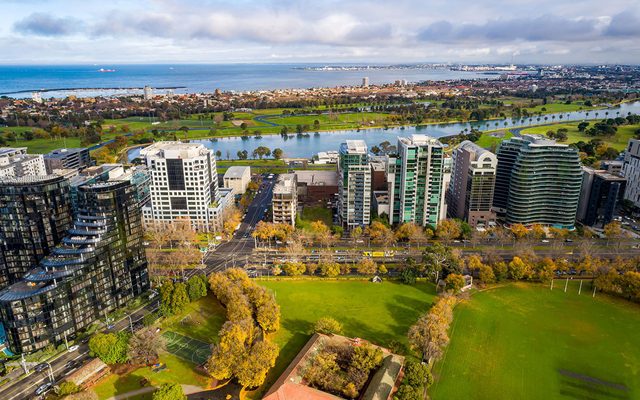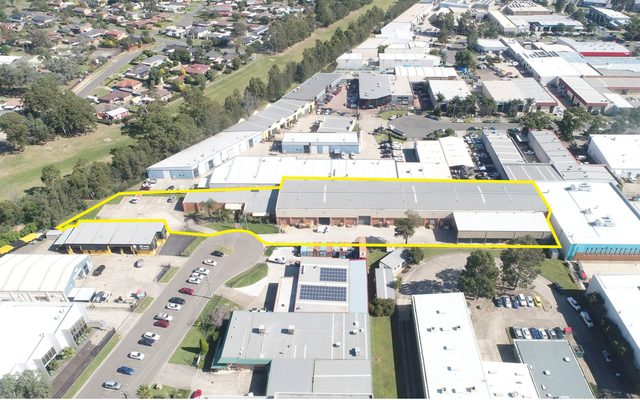This article is from the Australian Property Journal archive
AUSTRALIA is facing a rental crisis, as rents skyrocket and supply diminishes, with demand for rental accommodation only to escalate as the impacts of flooding are felt across Queensland and NSW.
According to the latest data from SQM Research, February vacancy rate dropped to 1.2% down from the previous month’s 16-year low of 1.3%, with only 43,844 residential rental properties available, compared to January’s 47,977.
Almost all capital city’s recorded a decline in rates, with Sydney dropping to 2.0%, Melbourne to 2.3%, Brisbane to 0.9%, Canberra to 0.5% and Darwin to 0.7%.
While the remainder held stable with Perth at 0.6%, Adelaide at 0.4% and Hobart 0.3%.
“The flooding may exacerbate the shortage of rental accommodation in NSW and Queensland in coming weeks. And the new surge in international students and other overseas arrivals will continue to create shortages in our inner-city regions,” said Louis Christopher, managing director of SQM Research.
At the same time, both Sydney and Melbourne’s CBD rental markets began to record shrinking availabilities international borders reopen, with the Sydney CBD rate down from 4.5% in January to 4.3%, while the Melbourne CBD saw a more dramatic shift from 4.0% to 2.8%.
“Given a dramatic tightening in vacancy rates, we are seeing an ongoing acceleration in weekly market rents across the capital cities. This situation now represents a significant rental crisis across the country,” added Christopher.
In the month to 12 March capital city average asking rents were up by 0.5% for houses and 0.4% for units, at a respective $627/week and $447/week.
This was most pronounced in Perth, Brisbane and Canberra, where asking rents for houses grew by 2.2%, 2.1% and 2.4% respectively, while Adelaide saw a less significant bump of 0.9%.
While in Melbourne and Sydney house rents were stable at $547.1/week and $766.7/week, with Darwin and Hobart recording a respective 2.7% and 0.7% decline.
“Overall, it is likely vacancy rates will fall again over March as the first week recorded yet another decline in rental accommodation listings. Some slight relief may be at hand as the current seasonal tightening we have seen at this time of year generally comes to an end over April,” said Christopher.
For combined dwellings capital city asking rents over the last 12 months were 9.4%, with house rents up 14.0% and unit rents up 8.5%.
“All the same, we can expect capital city rents to rise by over 10% in 2022. As it stands, the current rent rises represent the largest increase since the 1970s and so there are major near terms ramifications for inflation. Housing is the highest weighted group in the CPI, accounting for around 23% of the basket,” concluded Christopher.





